10 Best Math Helper Tools for Kids That Actually Work (2025)
“Math isn’t just numbers — it’s a playground where students can learn how problems turn into puzzles and solutions feel like victories! A math solver can enhance this experience. ”

Mathematics is everywhere — from planning a budget to measuring ingredients for a favorite recipe — yet for many students, it can seem like an intimidating puzzle. That’s why introducing the right blend of technology and creativity early on is so powerful. By pairing engaging apps, thoughtful online resources, and hands-on activities, parents and teachers can make math feel approachable, relevant, and even exciting. Interactive platforms, virtual manipulatives, and easy-to-use web apps transform dull drills into opportunities to explore, create, and understand.
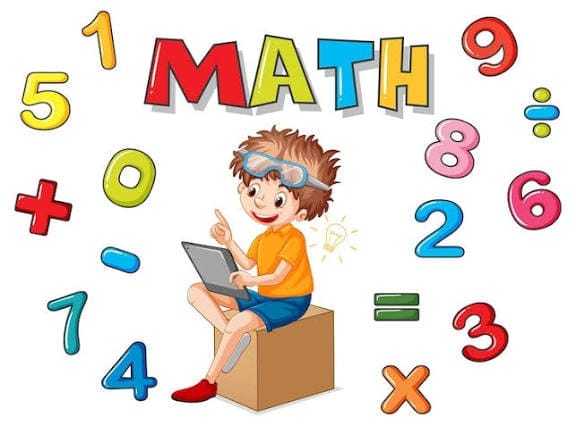
These tools don’t just help students solve equations — they teach them how to think critically, build resilience, and celebrate progress along the way. With step-by-step explanations, visual models, and AI math calculators, or a math solver that checks work in real time, kids can receive feedback to feel supported and motivated. Math can feel overwhelming for many students, but the right math tools can transform the way they approach numbers. From interactive web apps and math calculators to creative virtual manipulatives, 2025 is packed with resources designed to build confidence and make problem-solving fun. Whether a child wants step-by-step explanations for tricky homework or needs an AI math calculator to verify answers, there’s something here for every learner.
This guide dives into the benefits of using technology in mathematics teaching and highlights 10 math tools that parents, teachers, and students can trust to support skills and encourage kids to learn math with enthusiasm.
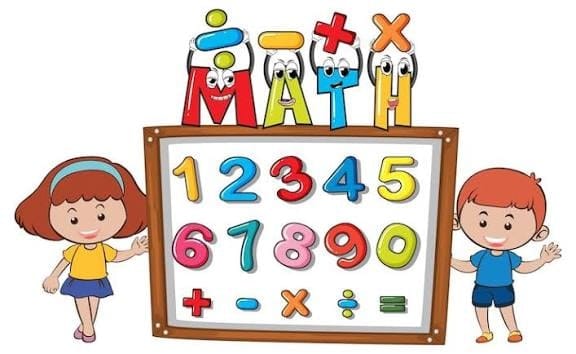
Why Use Math Tools for Kids?
Using math tools isn’t just about flashy apps—it’s about giving students clear guidance so they can learn to focus on exploring and making abstract ideas concrete. Platforms today mix visual models featured in games with step explanations that make even advanced calculus less intimidating.
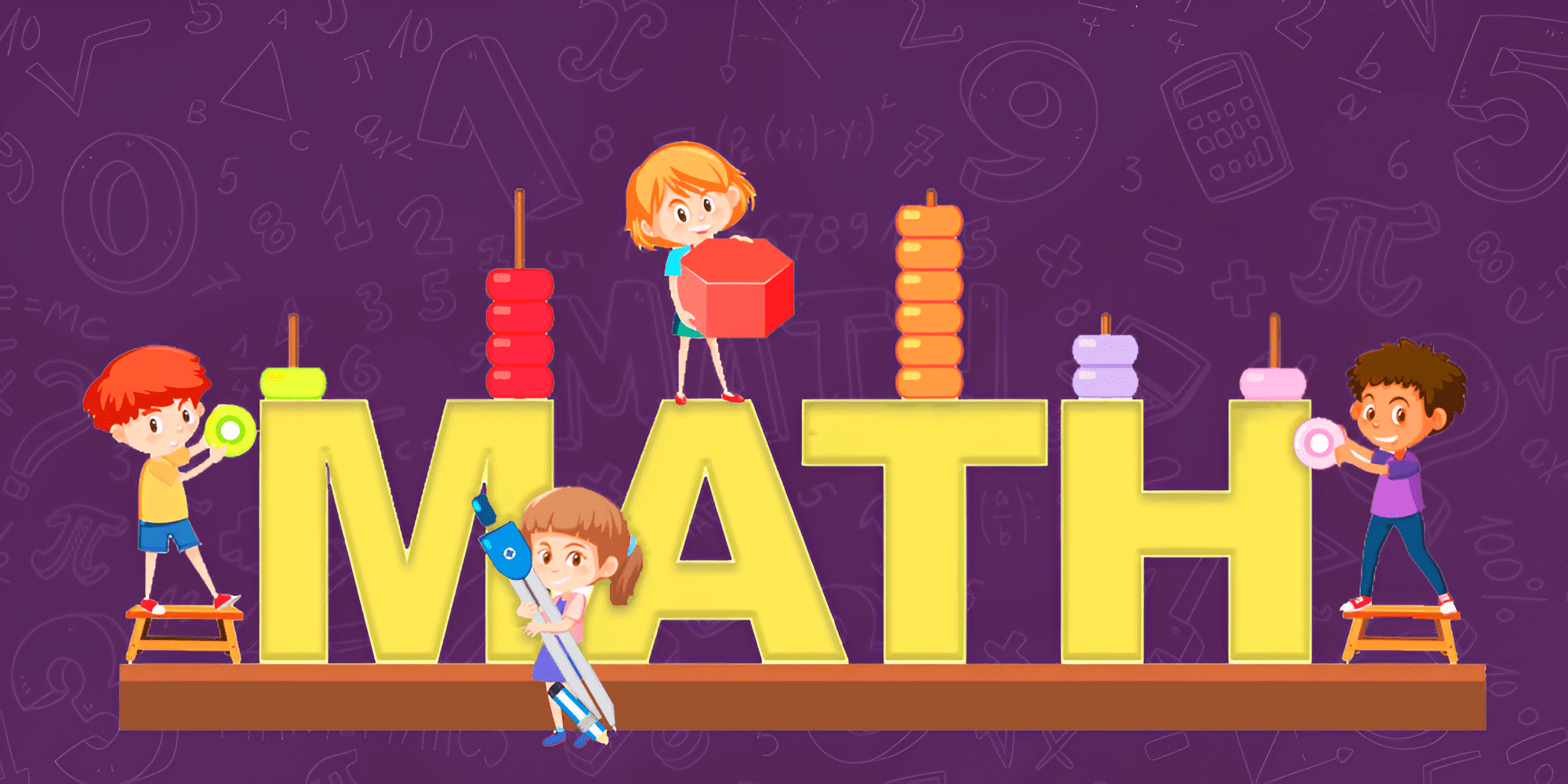
Children can explore numbers through virtual manipulatives, improve math vocabulary cards, and tackle word problems with accurate solutions. They learn to solve equations, create calculations, and receive instant feedback—all while feeling supported rather than stressed.
The benefits go beyond correct answers: these tools help students solve math processes and understand the solution , see patterns, and develop confidence in their own abilities.
Criteria for Choosing the Best Math Helper Tools
Before you download a new web app or sign up for a free account at various grades , consider:
Age-appropriate lessons that match specific grades.
Clear, step-by-step explanations for each math solver activity.
Integration of visual models and virtual manipulatives so kids can see how an equation works.
Options for educators to track progress and provide support.
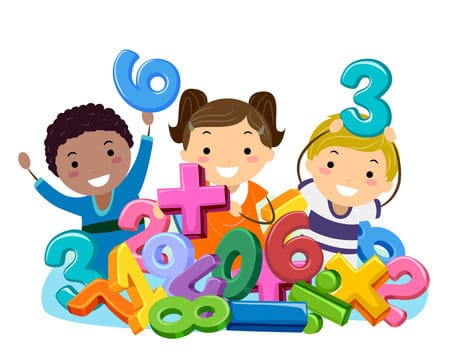
Compatibility with modern browsers, Apple iOS, and other devices.
Strong data policies to protect students’ privacy.
Choosing carefully and ensuring written feedback ensures children get helpful resources rather than distracting games.
List of 10 Best Math Helper Tools for Kids
Here’s a closer look at tools that can help students tackle math problems while combining fun, practicality, and excellent teaching design.
1. Prodigy Math Game – Gamified Mastery
Prodigy turns math problems into a role-playing adventure. Kids explore worlds, collect rewards, and practice equations with visual models, sometimes needing just a photo to start . Its web app and Apple iOS app support multiple grades, from early arithmetic to algebra.

Why it works: gamification keeps learners motivated, while detailed feedback and step explanations let them understand each solution.
2. Khan Academy Kids – Playful Early Math
Khan Academy Kids blends teaching and technology in adorable lessons for preschool and early grades. Children practice counting, patterns, and simple math problems with songs and animations. Parents can make a free account, track progress, and encourage kids to dive deeper into other subjects like physics or life skills.
3. Mathseeds – For Foundational Skills

Mathseeds introduces manipulatives, songs, and math vocabulary cards so children can explore and understand math basics. Activities use visual models featured throughout lessons, helping young learners grasp abstract concepts like place value or fractions.
4. Photomath – Smart Homework Partner
Sometimes kids need just a photo of an equation to start. Photomath lets them snap math problems, shows the process, and delivers a final answer with step-by-step explanations. It’s perfect for homework, quick calculations, or when a math solver is needed for advanced calculus.
Its sleek app works across modern browsers, Apple iOS, and Android devices, and it's available in multiple versions making it one of the most helpful math calculators available.
5. DreamBox Learning – Adaptive AI Tutor
DreamBox uses an intelligent AI math calculator to personalize lessons. Its web app analyzes data from every click, offering accurate solutions and step explanations.
Students can explore geometry, algebra, and calculus, while teachers get real-time reports. The system’s resources help educators create lessons that truly support kids.
6. IXL Math – Mastery at Every Level
IXL is a website that helps students practice over 8,000 math problems, including geometry . Its lessons feature math vocabulary cards, explanations, and feedback to keep learning engaging. From word problems to homework help in algebra and advanced calculus, IXL adapts to different skills and provides final answers with a clear process.
7. Monster Math – Story-Driven Arithmetic
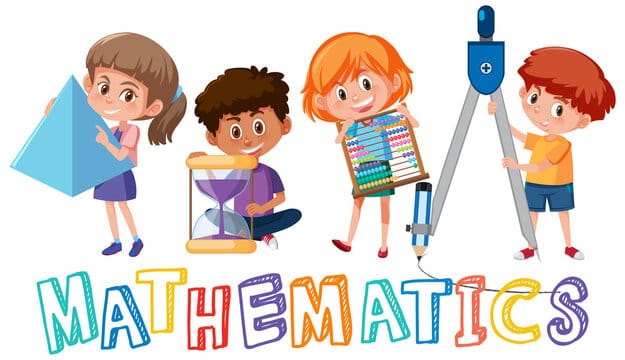
Monster Math uses cute characters to teach core operations. By solving equations, kids rescue friends and earn points. With visual models featured in its quests, this app makes mathematics fun and reduces stress over difficult topics.
8. Brilliant Kids – Logic and Critical Thinking
This web app lets learners dive deeper into puzzles and abstract concepts beyond simple calculations. It encourages them to understand not just get the final answer, making it ideal for college prep or physics enthusiasts.
9. SplashLearn – Visual Confidence Booster
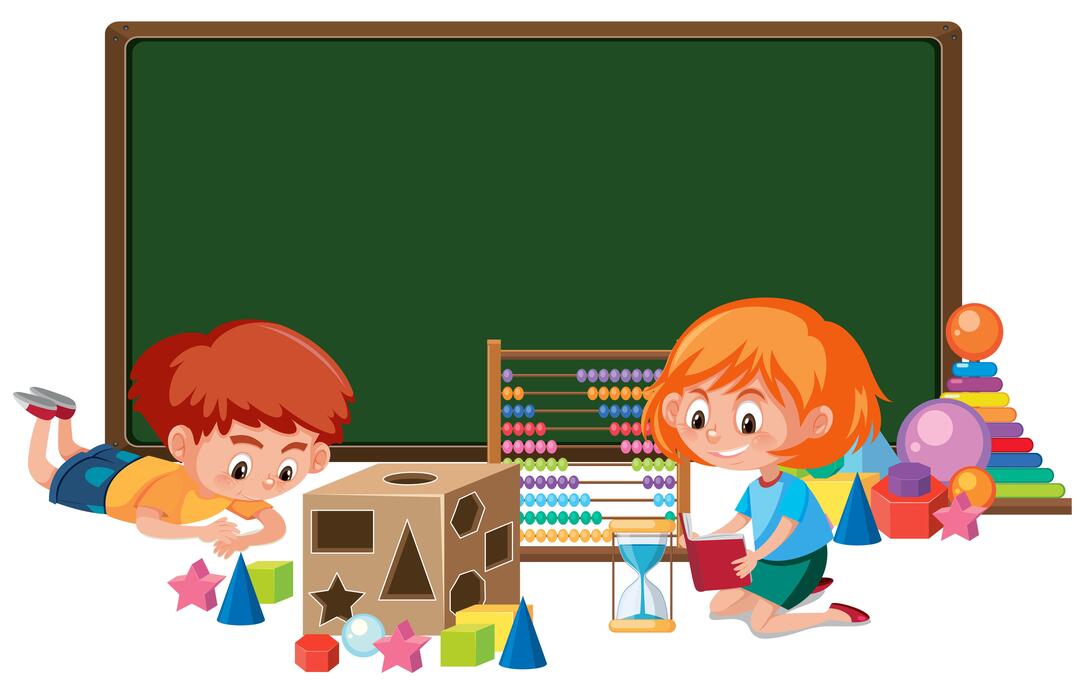
SplashLearn focuses on visual models and virtual manipulatives. Children practice fractions, geometry, and algebra, gaining confidence as they see how numbers behave. Educators can assign lessons and check progress via its website or Apple iOS app.
10. GeoGebra Classroom – Geometry & Beyond
GeoGebra is perfect for schools exploring graphs, shapes, and algebra equations. Its multiple versions (desktop, web app, Apple iOS) make it accessible on most devices. With resources that explain concepts and step-by-step explanations, it helps students to understand math and see benefits of math in life and science.

Additional Resources for Math Homework Help
Beyond apps, combine a variety of resources to give students a richer experience. Printable math vocabulary cards and worksheets provide quick review material that can be kept at a desk or inside backpacks for practice anywhere. Tactile manipulatives, like counters, fraction bars, or visual models, help children see the “why” behind each solution, making abstract ideas easier to grasp.
Classic board games or card games that involve patterns, calculations, and strategy reinforce classroom skills in a playful way. For older learners, online tutoring can support advanced calculus, physics, or college prep, with instructors helping to create step-by-step guides or explain tricky topics in depth.

How to Maximize Benefits from Math Tools
Simply downloading an app isn’t enough—using it thoughtfully is what makes a real difference. To build confidence and truly learn math, encourage children to schedule consistent practice sessions every day, even if they’re only ten or fifteen minutes long. Regular use develops skills, supports long-term retention, and reduces stress around homework.
Teachers and educators can create lesson plans around apps or websites, tailoring activities to match classroom objectives and individual needs. It’s also helpful to balance screen-based learning with offline puzzles, drawing visual models on paper, or building shapes with household objects. These strategies encourage students to dive deeper, explore different approaches, and explain their reasoning—a vital step in mastering complex problems.
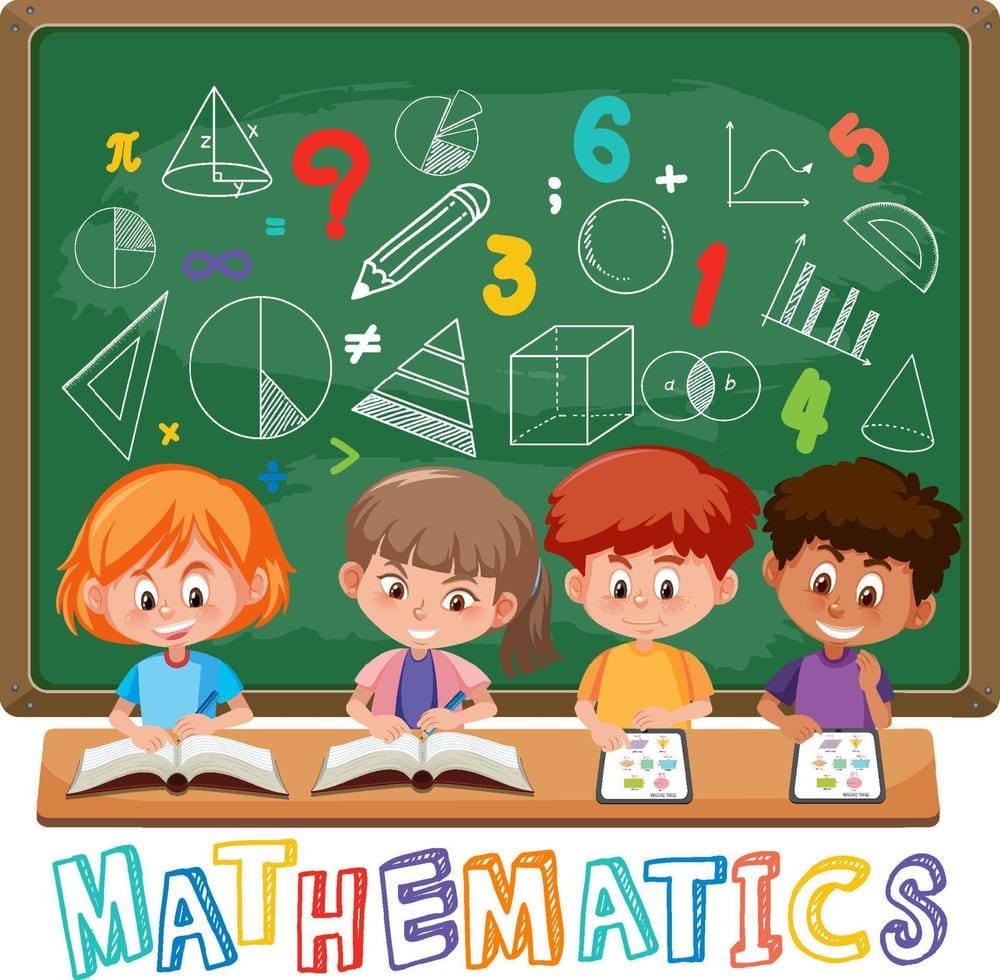
Conclusion
Math doesn’t have to be stressful. With thoughtful resources, kids can learn math, understand, and even enjoy mathematics. Whether through a simple math solver, an intuitive web app packed with fun, or a full website of lessons, today’s math tools empower learners to reach accurate solutions and build confidence—turning homework into a chance to shine.
The secret lies in choosing tools that balance clarity and creativity. Apps offering step-by-step explanations, visual models, and interactive manipulatives help students connect symbols to meaning, making abstract equations easier to grasp. Platforms with adaptive technology, like an AI math calculator or interactive math calculators, can personalize lessons so every child progresses at their own pace. When combined with supportive teachers, printable aids, or even playful board games, these digital innovations become more than just screens—they transform into bridges between curiosity and understanding.
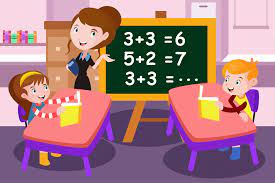
Parents and educators can further create an environment where math feels relevant to everyday life. From budgeting money, to measuring ingredients in a recipe, or mapping out travel distances, real-world examples encourage children to explore, ask questions, and solve problems confidently. By celebrating progress and treating mistakes as opportunities to dive deeper, families and schools show that math isn’t simply about getting the final answer—it’s about learning how to think, reason, and grow. With the right blend of technology, guidance, and encouragement, students will see numbers not as a hurdle but as a pathway to exciting opportunities ahead.
Frequently Asked Questions
How can parents ensure privacy on math apps?
Choose resources and apps with clear data policies and written privacy statements so parents can understand exactly how information is used. Select platforms that let you create secure profiles for different grades and check that every solution is stored safely. It’s a good point to confirm that only teachers or guardians can access reports. Reading independent reviews, watching a quick photo demo, or even trying Photomath’s safety features first can help. Keeping devices updated in schools, at home, or anywhere in daily life also protects personal money and data.
Are these resources good for special needs?
Yes! Many resources in mathematics offer custom settings that make lessons more engaging and accessible for students across all grades. Some allow teachers to create tasks that solve challenges like dyslexia or visual processing. Tools such as Photomath, math calculators, or an AI math calculator often use a step-by-step math solver to present each solution clearly. Pairing them with schools’ support teams or printed aids can make learning easier, protect families’ money, and help children truly understand concepts that affect everyday life.
How often should kids use math tools?
Short, regular practice lets students explore mathematics with purpose. Using a favorite math solver or AI math calculator for 15 minutes daily gives time to solve new problems, check each solution, and gain confidence across grades. Parents and teachers can create fun schedules that mix engaging apps, photo challenges, or Photomath steps with offline puzzles. Linking math calculators to life situations—like budgeting money, comparing prices in schools, or measuring at home—helps children understand skills and see their practical resources.
Do tools cover physics or calculus?
Absolutely! Many resources now extend into physics, algebra, and mathematics fields like calculus or advanced topics. They often combine an AI math calculator, detailed written notes, and interactive math calculators to guide every solution. High-school grades or early college students can explore simulations, use a precise math solver, or upload a photo of a tricky equation into Photomath. These engaging options let teachers and families create study plans, support schools, and connect abstract ideas to everyday life, helping learners understand and solve even complex challenges without wasting money on extra tutoring.

